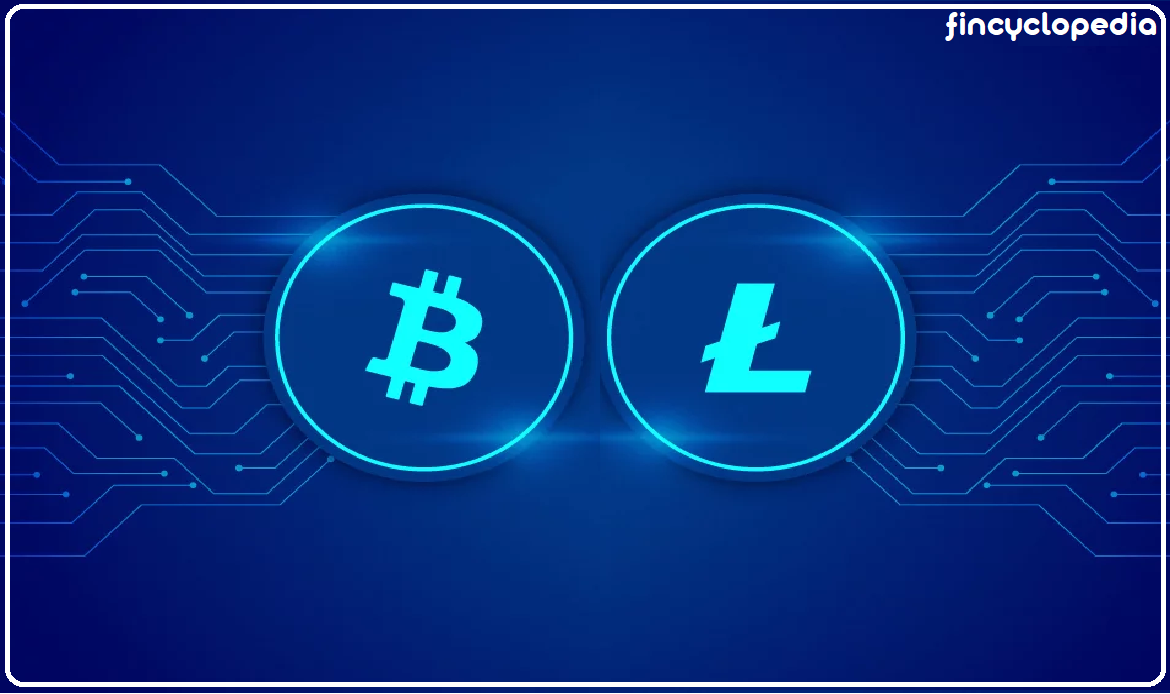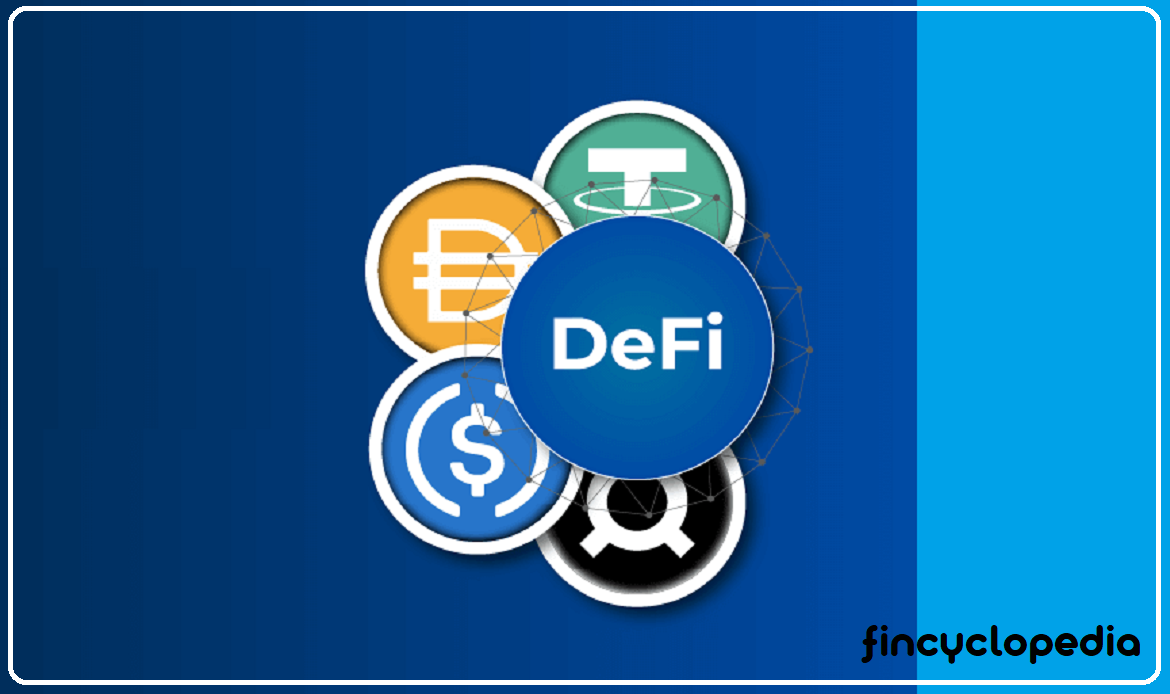
DeFi coins
A decentralized finance coin (DeFi coin) is a digital coin that represents a fiat coin. It is a digital version of the fiat coin, as it transfers value between parties involved in online transactions (usually financial). DeFi coins are issued and circulated on their native blockchain networks. In addition to its role in transferring value, DeFi coins (in this specific context, DeFi tokens) are also used to carry information such as passwords and other credentials to provide access to a resource. Broadly speaking, value-carrying tokens (or coins) may take the form of asset tokens that represent physical assets such as real estate, and of course there are non-fungible tokens (NFTs) that represent unique “items” such as digital art. Though both are often referred to interchangeably, DeFi coins differ from DeFi tokens in the sense that tokens can be both native and non-native (native tokens or non-native tokens), where issuance and trading can take place both on a token’s own network or other network.
Examples
DeFi coins are one of the components forming decentralized finance (DeFi). These coins are the an essential carrier of value (e.g., monetary)- its main function is to transfer value in financial transactions that take place on the network. These coins are categorically different from fiat currencies (fiat currencies can be represented digitally by means of DeFi coins). The main examples of DeFi coins include Bitcoin, Litecoin, and ETH. For one, Litecoin is a cryptocurrency (abbreviation: LTC; sign: Ł) that was created as a fork (so to speak, not literally) of the Bitcoin Core client. It was launched by Charlie Lee (a former Google engineer) in October 2011 with the aim to supplement Bitcoin and solve certain problems pertaining to Bitcoin at the time. Belonging to the category of transaction coins (transaction platform), it is meant to provide for lower transaction times, reduced transaction costs, and higher coin base (number of coins that can be issued- estimated as four times the number of coins). A few years after debut, Litecoin launched LitePay, a payment processor that allows consumers to pay for goods using a debit card holding Litecoin brand. Therefore, Litecoin was accepted in payment in any shop where Visa is accepted.






